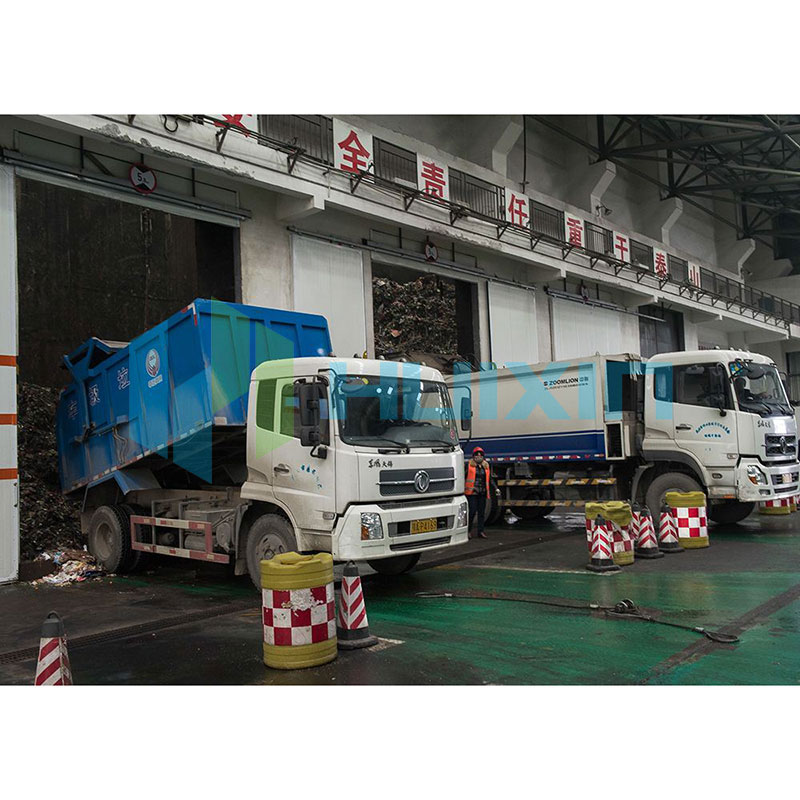 English
English Español
Español  Português
Português  русский
русский  Français
Français  日本語
日本語  Deutsch
Deutsch  tiếng Việt
tiếng Việt  Italiano
Italiano  Nederlands
Nederlands  ภาษาไทย
ภาษาไทย  Polski
Polski  한국어
한국어  Svenska
Svenska  magyar
magyar  Malay
Malay  বাংলা ভাষার
বাংলা ভাষার  Dansk
Dansk  Suomi
Suomi  हिन्दी
हिन्दी  Pilipino
Pilipino  Türkçe
Türkçe  Gaeilge
Gaeilge  العربية
العربية  Indonesia
Indonesia  Norsk
Norsk  تمل
تمل  český
český  ελληνικά
ελληνικά  український
український  Javanese
Javanese  فارسی
فارسی  தமிழ்
தமிழ்  తెలుగు
తెలుగు  नेपाली
नेपाली  Burmese
Burmese  български
български  ລາວ
ລາວ  Latine
Latine  Қазақша
Қазақша  Euskal
Euskal  Azərbaycan
Azərbaycan  Slovenský jazyk
Slovenský jazyk  Македонски
Македонски  Lietuvos
Lietuvos  Eesti Keel
Eesti Keel  Română
Română  Slovenski
Slovenski  मराठी
मराठी  Srpski језик
Srpski језик
What are the key challenges faced by waste incineration facilities?
2024-09-19

What is waste incineration and how does it work?
Waste incineration is a process that involves the combustion of organic substances contained in municipal solid waste. The process generates heat, which is used to produce steam, which in turn powers a turbine to create electricity. The remaining ash is then treated and disposed of in a separate process.What are the key challenges faced by waste incineration facilities?
There are several challenges faced by waste incineration facilities, including: 1. Emissions: Incineration produces flue gases that contain pollutants such as heavy metals, dioxins, and furans, which can be harmful to human health and the environment. 2. Public perception: Incineration is often viewed negatively by the public due to concerns over emissions and the potential for health risks. 3. Waste disposal: Incineration does not eliminate the need for waste disposal as some ash waste remains. 4. Cost: Incineration facilities can be expensive to build and maintain, which can impact the cost of energy produced by the facility.How can waste incineration facilities address these challenges?
To address these challenges, waste incineration facilities can use advanced technologies such as scrubbers and bag filters to reduce emissions, invest in public education and outreach programs to address concerns over incineration, and incorporate waste-to-energy technologies that can create additional revenue streams while reducing overall waste disposal costs.In conclusion, waste incineration facilities play an important role in waste management and energy production. While there are challenges to be faced, advances in technology and public perception can help to ensure a sustainable future for waste-to-energy technologies such as incineration.
Fujian Huixin Environmental Protection Technology Co., Ltd. is a leading manufacturer of waste incinerators in China, specializing in the development and production of incinerators for medical, animal, and hazardous waste. Our incinerators are designed to meet the highest international standards for safety and emissions control. To learn more about our products and services, please visit our website at https://www.incineratorsupplier.com. For inquiries, please contact us at hxincinerator@foxmail.com.Scientific Papers:
1. Kjeldsen, P., Barlaz, M.A., Rooker, A.P., Baun, A., Ledin, A., Christensen, T.H., 2002. Present and Long-Term Composition of MSW Landfill Leachate: A Review. Crit. Rev. Environ. Sci. Technol. 32, 297–336. 2. Saez, M., Llorca, M., Fernandez, P., Aguado, J., 2015. Bioenergy from municipal solid waste: A review on ash, productivity and public acceptance. Renewable and Sustainable Energy Reviews. 50, 925-941. 3. Chiemchaisri, C., Chiemchaisri, W., Wirojanagud, W., Koottatep, T., Polprasert, C., 2007. Laboratory Study on the Biodegradation of Municipal Solid Waste in Landfills under Tropical Conditions. Waste Manag. 27, 408–416. 4. Chen, G.Q., Chen, B., Chen, Z.M., 2008. Life cycle assessment of municipal solid waste management with regard to greenhouse gas emissions: Case study of Suzhou. J. Environ. Sci. 20, 25–35. 5. Ikhlayel, M., Abu-Khader, M.M., Al-Ghandoor, A., 2011. Life cycle assessment of municipal solid waste management in Jordan. Waste Manag. 31, 1322–1330. 6. Kelessidis, A., Stasinakis, A.S., 2013. Comparative study of the methods used for treatment and final disposal of sewage sludge in European countries. Waste Manag. 33, 1256–1269. 7. Rani, U., Srivastava, S., Singh, V.N., Vidyarthi, A.S., 2015. Study on the potential of utilizing biogas energy from municipal solid waste in Varanasi city, India. Renewable and Sustainable Energy Reviews. 48, 790-798. 8. Ye, N., Yang, X., Ren, Y., Zhou, X., Chen, Y., 2014. Influence of co-digestion of food waste and municipal sludge on methane yield and microbial community during anaerobic digestion. J. Environ. Sci. 26, 263–272. 9. Kim, S.W., Kim, Y.K., Yim, S.K., Lee, S.J., Lee, S.S., 2013. Changes of community structures and key members of methanogenic process in response to addition of potassium ferrate during anaerobic digestion of waste activated sludge. Bioresource Technol. 130, 343–351. 10. Said, M.M., Masui, K., Fujii, M., 2011. Comparative environmental performance analysis of municipal solid waste management scenarios in Shenyang, China. J. Clean. Prod. 19, 1549– 1556.




